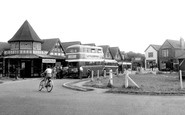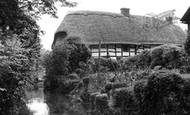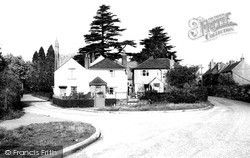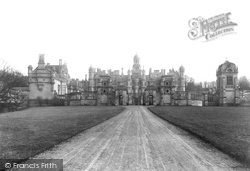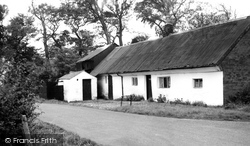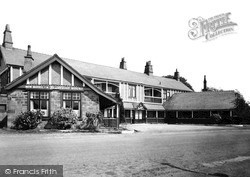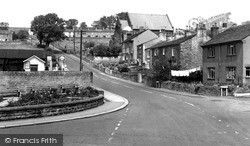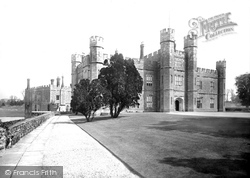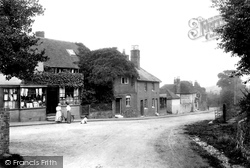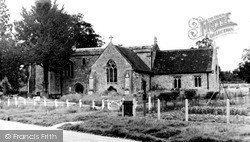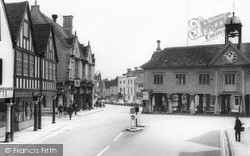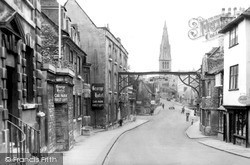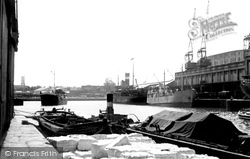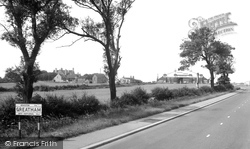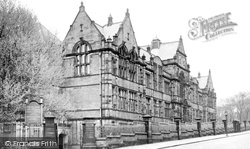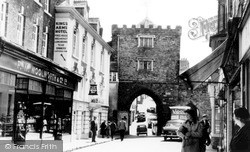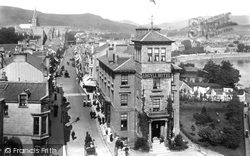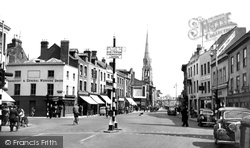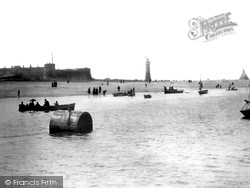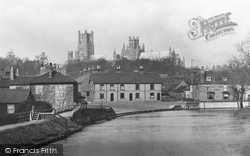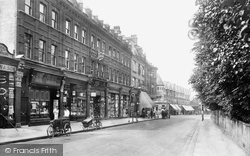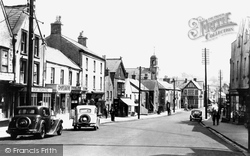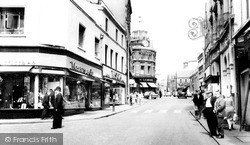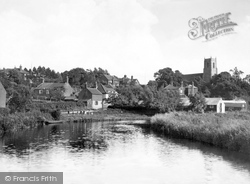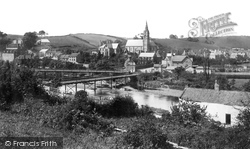Places
36 places found.
Those places high-lighted have photos. All locations may have maps, books and memories.
- Shanklin, Isle of Wight
- Ventnor, Isle of Wight
- Ryde, Isle of Wight
- Cowes, Isle of Wight
- Sandown, Isle of Wight
- Port of Ness, Western Isles
- London, Greater London
- Cambridge, Cambridgeshire
- Dublin, Republic of Ireland
- Killarney, Republic of Ireland
- Douglas, Isle of Man
- Plymouth, Devon
- Newport, Isle of Wight
- Southwold, Suffolk
- Bristol, Avon
- Lowestoft, Suffolk
- Cromer, Norfolk
- Edinburgh, Lothian
- Maldon, Essex
- Clacton-On-Sea, Essex
- Norwich, Norfolk
- Felixstowe, Suffolk
- Hitchin, Hertfordshire
- Stevenage, Hertfordshire
- Colchester, Essex
- Nottingham, Nottinghamshire
- Bedford, Bedfordshire
- Bury St Edmunds, Suffolk
- Aldeburgh, Suffolk
- St Albans, Hertfordshire
- Hunstanton, Norfolk
- Chelmsford, Essex
- Bishop's Stortford, Hertfordshire
- Peterborough, Cambridgeshire
- Brentwood, Essex
- Glengarriff, Republic of Ireland
Photos
9,106 photos found. Showing results 15,921 to 9,106.
Maps
181,006 maps found.
Books
11 books found. Showing results 19,105 to 11.
Memories
29,050 memories found. Showing results 7,961 to 7,970.
Happy Memories Of Chapel St L Leonards
I have fond memories of our family holidays in Chapel St Leonards in the 1950s, it was also where some of my relatives lived and worked. I remember the giant fish that was washed up on the beach and ...Read more
A memory of Chapel St Leonards in 1950 by
Childhood
I was brought up in a girls' Catholic orphanage, ran by nuns, St Joseph's Home, Carmel Road, Darlington. I was six years old. My father had died so we all got sent to homes. It was ok, I suppose, lookingback. I had a good friend (not ...Read more
A memory of Darlington in 1956 by
Ye Olde High Lane
I moved to High Lane with my parents when I was 15 in 2000. It was a tiny old fashioned village, so tiny infact that there was only one house and everybody in the village lived there. There was one village shop (run by Tubbs and ...Read more
A memory of High Lane in 2000
The Old Mill
Can anyone remember the old windmill in a field just off Olney Road? It was blown down in a very strong gale in, I think, March 1948. I seem to remeber that 2 sisters by the name of Little, used to live in a house very close by. It was in the area where the original houses in Mill Road were built
A memory of Bozeat in 1948 by
Wartime Boarding School
I was evacuated from London to Blewbury Healm-wic Boarding School in 1941 (the thatched cottage shown in the photograph). The Williamson sisters ran the school, owned I believe by their brother, a naval architect ...Read more
A memory of Blewbury in 1940 by
Queens Visit
After opening Seacroft town centre, Queen Elizabeth II and Prince Phillip visited my family in Kentmere Avenue. I have lots of pictures. Steve Lyons, Canada
A memory of Seacroft in 1965 by
Connies Field
In the late 1950s and 1960s we used to stay in a field halfway down the road into the village of Amroth and a lady called Connie owned a small farm, so we called it Connie's field. At first we used to just camp then later Dad got a ...Read more
A memory of Amroth in 1960 by
Holidays
It's just great to look at the old pictures of Blakeney's High Street, it seems almost like yesterday when I used to walk from my gran's house in the row of cottages where the railway bridge used to be. We used to go on ...Read more
A memory of Blakeney in 1955 by
Francis Family 1880 1960
My great-grandparents owned a grocer shop in Penycae in the 1890 - 1920 era and the name was Thomas Francis, and had eight children, four boys and four girls. One of their daughters married a music teacher called John C ...Read more
A memory of Penycae in 1950
National Service
It appears that my contribution to "memories of Aldershot has been erased. I never lived in Aldershot however I have good memories of the town. Can you explain to me why a contibution in good faith isn't allowed on the "Memories of Aldershot" site. lsmy59@aol.com
A memory of Aldershot in 1951 by
Your search returned a large number of results. Please try to refine your search further.
Captions
29,158 captions found. Showing results 19,105 to 19,128.
South-east of Coleshill, Seer Green was a small village that became a separate parish in 1847.
Gregory Gregory, a bachelor, was probably responsible for as much of the design as his architects, Anthony Salvin and later William Burn, as it rose slowly throughout the 1830s and 1840s.
Here in what was thought to be the largest village in the Fylde we have a good example of a Fylde cruck-built thatched homestead, of which very few remain.
The tombstone of a cavalry rider and a replica of a parade helmet are what visitors come from far away to see. The original helmet, found by the river Ribble in 1796, is in the British Museum.
On the left, Shell and Exide petrol pumps, a sign for Park Drive cigarettes, and new-style windows fitted into dwellings indicate progress.
The small village of Leeds is dominated by the presence of its large romantic castle. The Castle is Norman, but there was an earlier Saxon castle on the site.
This delightful rambling village acquired its name from the Saxon king Ehta, or Otha's settlement. But nearby Oldbury Hill has traces of Neanderthal hunters and an Iron Age fort on its slopes.
Oakley was within the medieval royal hunting forest of Bernwood - the king's hunting lodge cum palace was at Brill nearby. The name of the village means 'a clearing in the oak woods'.
Most of Tetbury's town centre buildings have stood there since Queen Elizabeth I's time. The Market House is one of the finest in Gloucestershire, and dates from 1655.
In the era of the stage coach, the George Hotel was classed as the best hotel on the Great North Road, and it is still one of the best in the area.
Bristol developed to become a major centre for the importation of timber for use throughout the west of England.
The ancient settlement of Greatham lies halfway between Wolviston and Hartlepool. The large building on the right, at the entrance to the village, has always been known as Sappers Corner.
To the right are the trees of Thompson Park — it was fortunately among them that Burnley's only Second World War bomb fell.
With the introduction of the one-way system, traffic now travels only out of town through the arch. Next to the Arch is the Baker's Arms Hotel, another 18th-century building.
The Argyll Hotel continues to attract guests, and the scene today is much as is shown here, except for the fashions and the absence of horses.
The church spire in the distance is that of St Peter's; it was built between 1860 and 1868, during the pastorate of Canon Calderbank.
Also known as Perch Rock and the Battery, the Fort was, and still is, a very large landmark on the New Brighton shore.
This view of the square shows little change in the thirteen years interim after photograph No F145003, though the ivy creeper has gone from the dwelling on the far right.
Ely Cathedral, which can be seen from up to twenty miles away on a clear day, is one of the most stirring sights in Fenland. This photograph shows the sharp rise from river level to the cathedral.
Here we see the beginnings of a familiar retail pattern: multinationals are taking over the high street. On the left is Home & Colonial, which by this date had several hundred branches.
Set in the midst of a region of rich and picturesque farms, it developed into an important market centre for the agricultural community.
By 1860 it was the principal town of Wales, and the iron-making capital of the world. The vehicle on the right-hand side is a dark blue Merthyr Tydfil Corporation ambulance.
A loop from the Coltishall to Wroxham road can take you down to the delightful small village of Belaugh.
Old documents relating to Whitby refer to the western part of the town as Ruswarp, though the village itself lies about a mile from the town.
Places (6814)
Photos (9106)
Memories (29050)
Books (11)
Maps (181006)






















